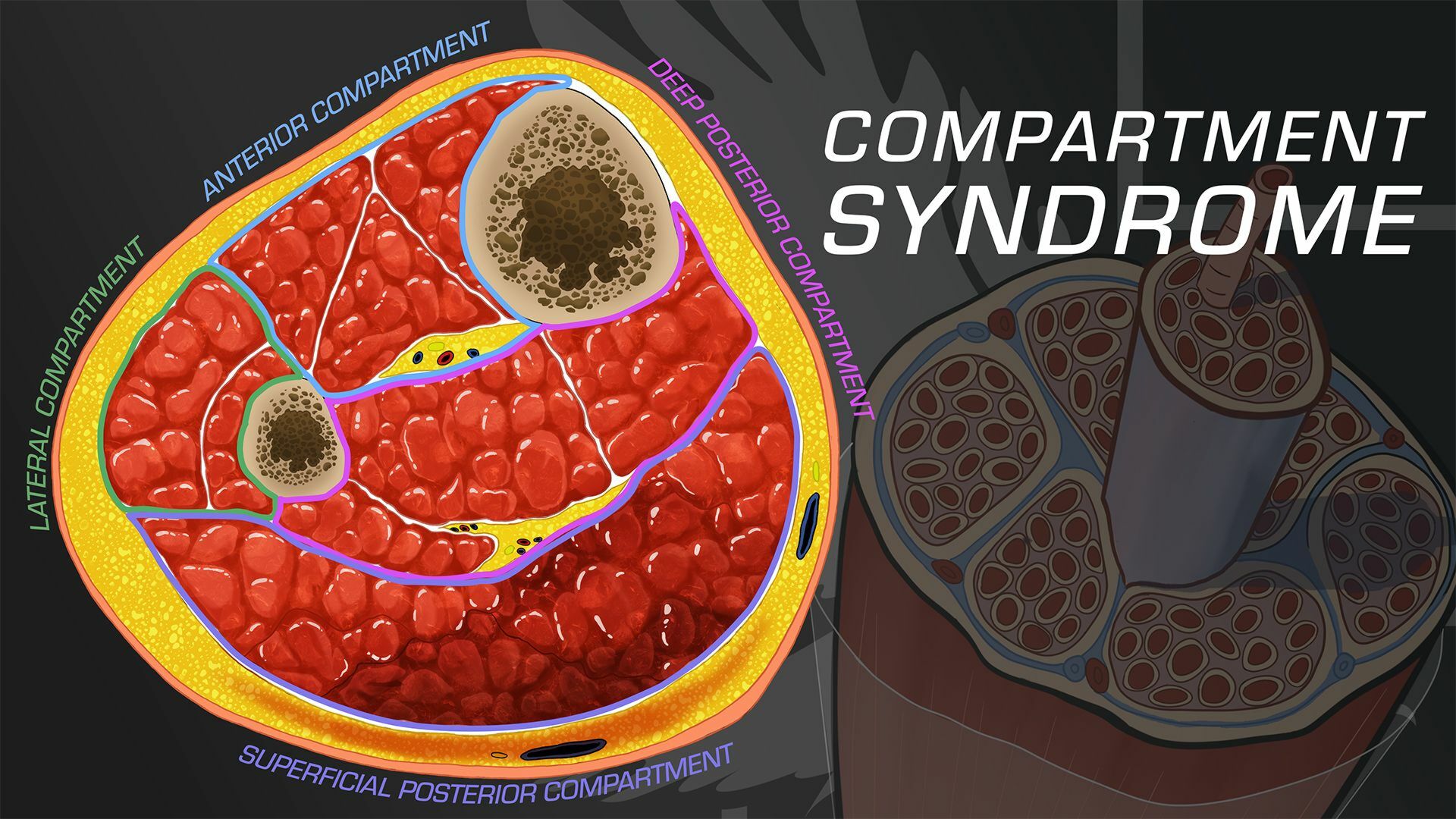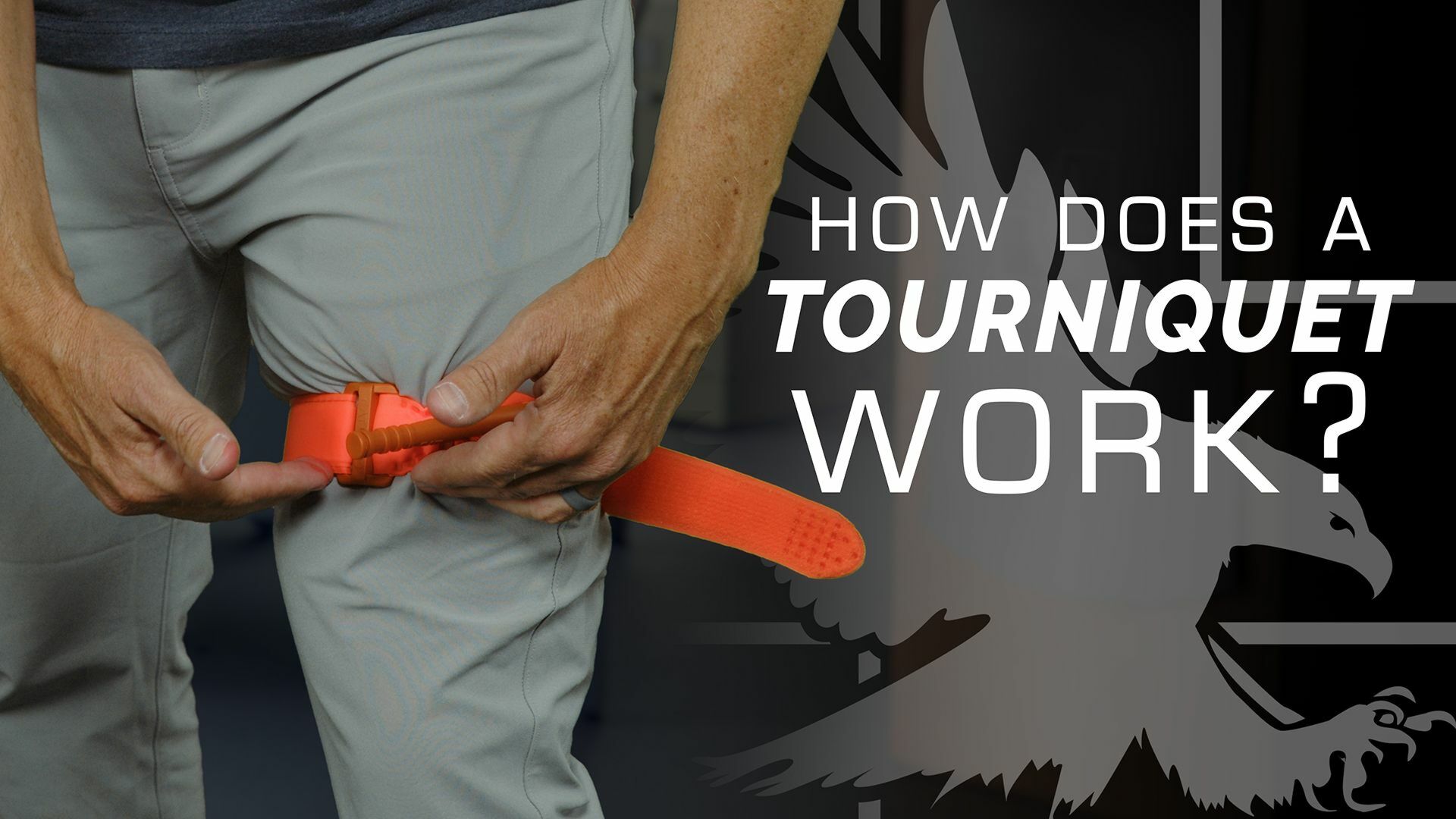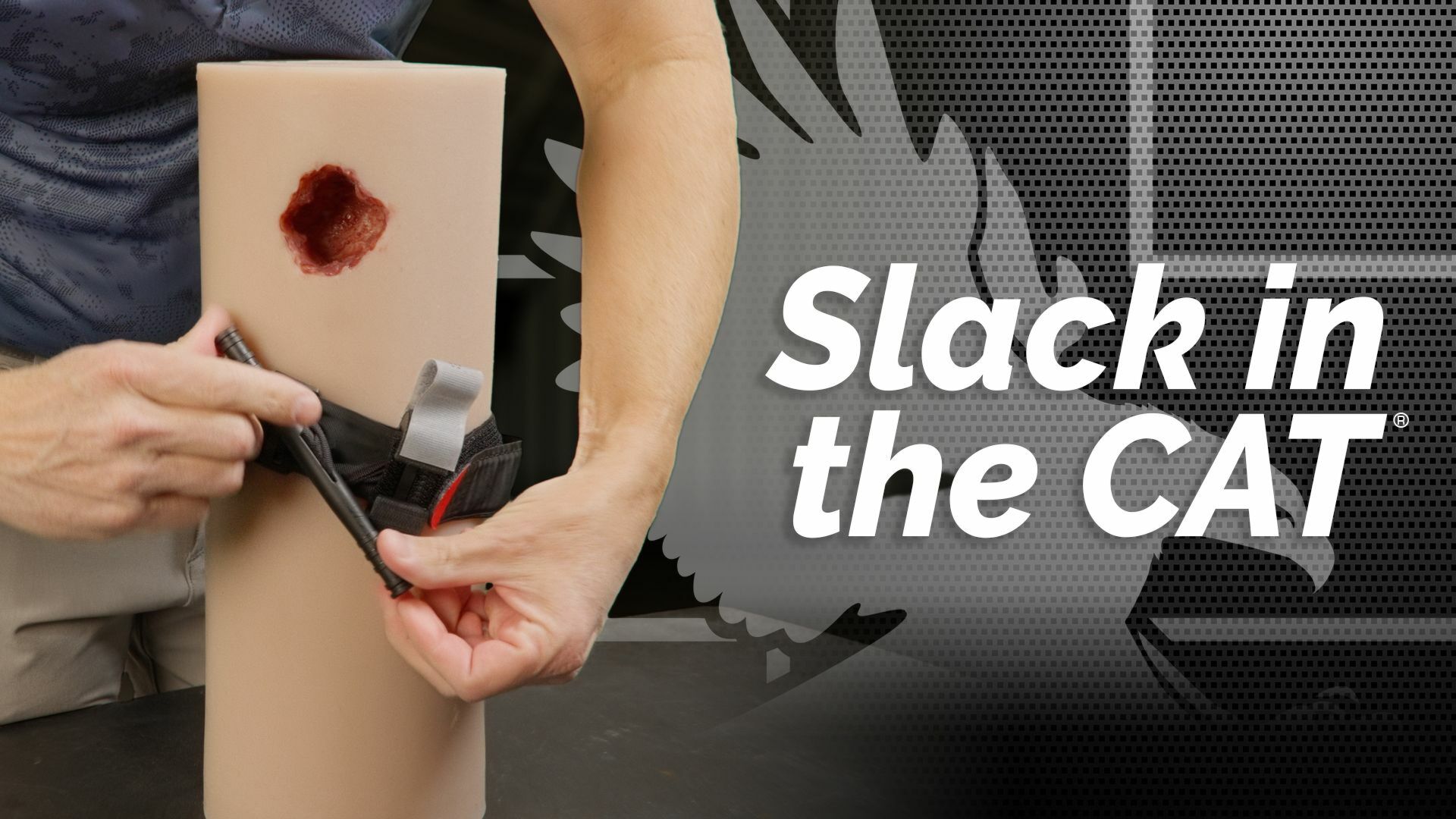So here's a quick breakdown of what compartment syndrome is, what causes it, and how it's treated.
What is Compartment Syndrome
The "compartment" that they're referring to in compartment syndrome is a compartment of muscles that are contained within a fascia. Fascia is a firm layer of connective tissue that really doesn't expand. When you have compartment syndrome, what it means is that within that compartment of those muscles, You have swelling either from inflammation, trauma, muscle breakdown that tries to happen within that fascia and it's got nowhere to go for that swelling.
So then the compartment builds up an excessive amount of pressure, which can then decrease blood flow and damage the nerves that are flowing through that compartment, causing long-term disability. Bad outcomes and even potentially death. Compartment syndrome can occur in many areas of the body. The most common are the legs and you have four compartments within the lower leg and it can occur in any of those compartments. It can occur up in the thigh. It can occur in the forearm and the upper arm. And a few other places in the body as well.
What Causes Compartment Syndrome?
So what causes compartment syndrome? Well, there's acute and there's chronic compartment syndrome. We're going to focus on acute compartment syndrome. Acute compartment syndrome is the result of some sort of trauma to that lower extremity or that upper extremity. So one thing that can cause it is crush injury.
So that can be a vehicle accident where that compartment or that portion of the extremity is getting crushed. It could be a building collapse where you have something heavy and fall on that compartment, causing a crushing type injury, which then ruptures and damages a lot of those muscle cells. And then, that causes an inflammatory response, which causes inflammation within that compartment.
It can also be the result of having a tourniquet in place for too long. So when you have that tourniquet in place, it occludes blood flow to the rest of the extremity. With that occlusion of blood flow, those cells don't get oxygen and the nutrients that they require. They're not also able to get rid of some of the byproducts of metabolism. And so what that does is that causes that inflammatory response and that swelling that can occur within that compartment. And then there are several other causes of it.
One thing would be a bad muscle contusion or a bad bruise where you sustain a direct hit to that muscle compartment. And then now you've got that inflammatory response.
Another cause would be a fracture. So if you break a bone, you can also get compartment syndrome. Typically that's in more traumatic breaks where you're going to see much more bone disruption and then it's going to cause more muscle damage within that compartment.
What are the Symptoms of Compartment Syndrome?
So what are some of the symptoms of compartment syndrome? Well, one is you're going to have a significant amount of pain because that pressure is building up on the nerves that go through that compartment. You may feel tension in that muscle compartment. So instead of feeling like a nice soft muscle belly, that's going to start feeling really tense and really firm.
The patient may have a lot of pain with stretching. So if you just stretch their foot, this will check the calf or those posterior compartments. And then if they have a lot of pain with that, that can be a sign of it. Eventually, you're going to get decreased and eliminated pulses down to the rest of the extremity.
That's how you know, you're in a really bad spot and it's really late stage of the compartment syndrome.
How Do You Treat Compartment Syndrome?
So how do you treat compartment syndrome? Well, really the definitive treatment is to do what's called a fasciotomy. And in a fasciotomy, basically what you do is you cut through that fascia. So you're going to have to go through the skin down to the fascia of whatever compartment you're targeting.
So four compartments in the lower extremity and the distal lower extremity. So depending on what compartment you're going for, you're going to. cut through that fascia all the way from the bottom of that compartment to the top of that compartment. What that does is that opens up that compartment. It allows blood flow through, and it allows a place for that pressure to go rather than building up and directing internally.
So compartment syndrome is one of those. things that you really want to be aware of when you're treating a casualty that sustained any kind of trauma. You need to look out for the symptoms of it, be ready to transport them quickly, and get them to definitive care or where they can get that fasciotomy and then further care.





